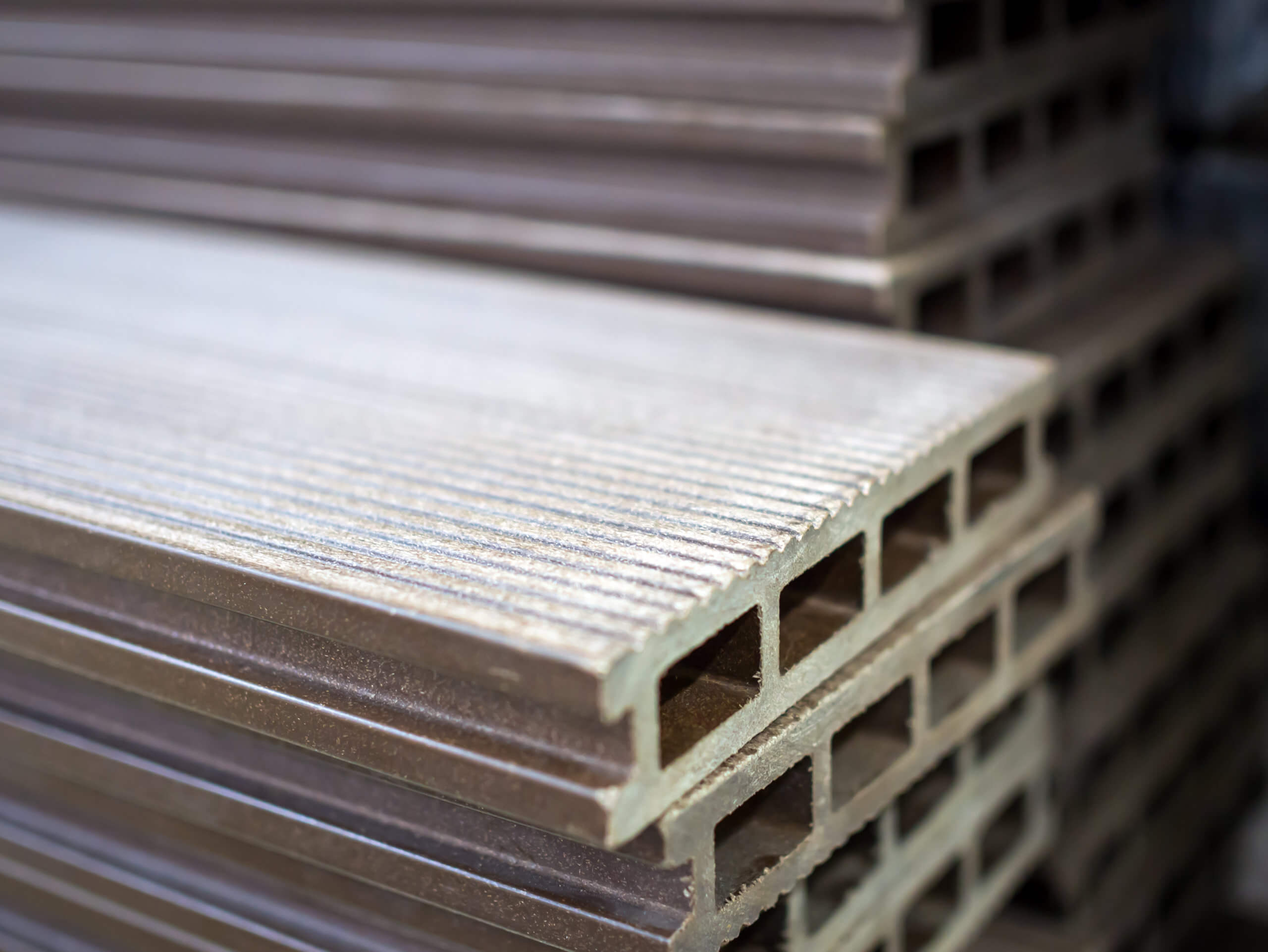
The lumber industry has been experiencing a product shortage in recent years, mostly attributed to the onset of the COVID-19 pandemic. The industry’s market size, estimated at $131.6 billion, is expected to decline by 2.8% this year. The ongoing shortage has steadily pushed up the price of lumber, making it more expensive to buy and, more importantly, to build with. In April 2021, according to the National Association of Homebuilders, lumber prices hovered around $1,200 per thousand board feet and the cost of lumber added some $36,000 to the cost of single family homes. The lumber and home construction industries underestimated the economic impact of the pandemic and related restrictions on production, especially after a ten-year under-building period due to the 2008 financial crisis.
Fortunately, the plastic lumber market is expanding and slated to reach $8.24 billion by 2025.
According to a 2016 study by the American Chemistry Council, using plastics as a functional replacement for other materials in common consumer applications could lessen waste and environmental impact by four times over. In short, a shift to plastic lumber could displace some traditional lumber sourced from trees and improve overall lifecycle emissions. Plastic lumber also poses benefits for consumers looking to maximize their purchasing ability without sacrificing overall home functionality as well as builders looking for sustainable materials options. Since plastic lumber is more readily available, it can substitute wood lumber.
Plastic lumber is quickly becoming a leader in the lumber industry, all while helping to save trees. Every year, nearly 15 billion trees are logged for lumber, leading to deforestation, loss of ecosystems and reducing the carbon storing potential of mature trees. Plastic lumber made with recycled plastic and other materials such as wood-fillings and fibers have wood-like properties that make it stable, durable and provides a non-toxic alternative that is long-lasting. This method of incorporating products that would otherwise go to waste is inherently environmentally friendly. When compared to hardwood processing that uses trees sourced from forests and treated with chemicals, plastic lumber production uses less resources and produces less waste. For example, Good Wood Plastic turns recycled plastic into synthetic lumber and lumber products, which last significantly longer than timber-made lumber.
Recycled plastic lumber is also a better alternative to traditional lumber and reduces deforestation by operating as a substitute. Additionally, the diversion of plastics from landfills into recycled plastic lumber benefits the environment and brings us closer to creating a sustainable future. The Plastic Flamingo, for example, has been turning plastic waste into building materials such as eco-lumber. To date, the company has collected over 100 tons of plastic waste to use for fencing, decking, and disaster-relief shelters. Advanced or molecular recycling will also be crucial to upcycling plastic waste into new products that can benefit society and create positive social impact.
Currently, the U.S. housing market is in a rut due to a housing shortage of 5 million homes. Between January 2012 and June 2021, around 12.3 million households were formed but due to the slowest pace of single-home construction since 1995, only seven million new homes were built during that same period. The compounded shortage of homes and rising costs of traditional lumber exasperates the ongoing lack of affordable housing. Plastic lumber is well suited to solve this issue.
Building a home in the United States is more expensive now more than ever. However, a widespread adoption of plastic lumber could reduce the rising cost of homes as plastic is more affordable than timber. Plastic lumber in construction could also lower the cost to build and ultimately increase the availability of affordable housing. If companies begin to lean more heavily on plastic lumber in addition to timber, this could prevent future shortages of this crucial building material.
Plastic lumber may very well be the solution the lumber industry has hoped for, while creating a more environmentally friendly society along the way. Utilizing this material will help save trees, increase the availability of affordable homes and lower the overall impact the construction industry has on the environment.